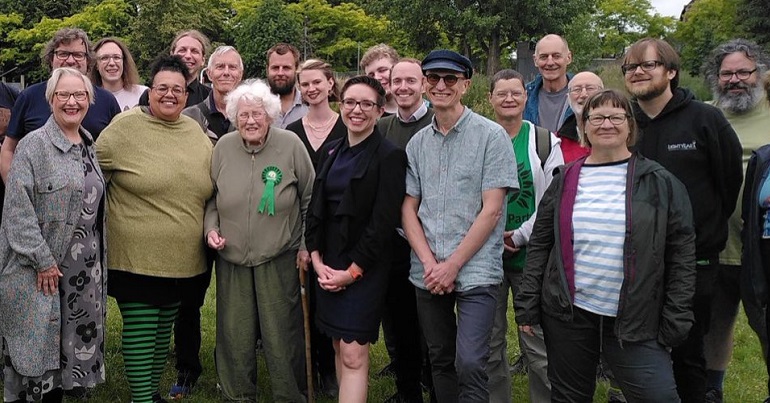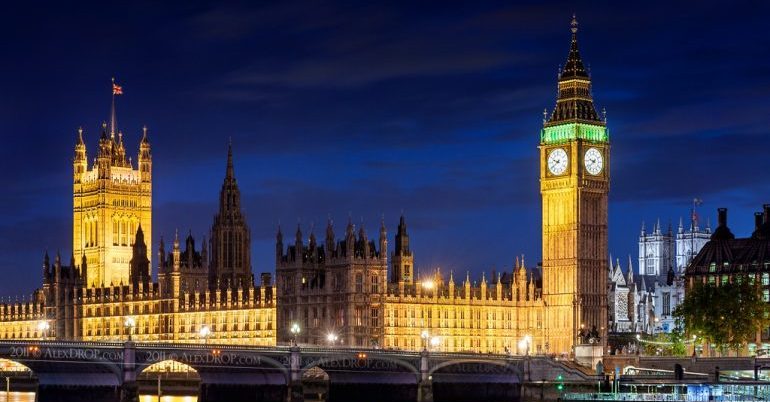This is what democracy looks like – learning from Latin America
This piece first appeared in this week’s issue of the Occupied Times
Stretched across the tent town by the London Stock Exchange is a banner spelling out the slogan of 2011: “Real Democracy Now”. Go to the camp and many participants will tell you that it is not their demands which are key – it is their process. The old chant “This is what democracy looks like” is ubiquitous, the discussions are passionate. Whilst anger at banks and at inequality and at capitalism are key motivations, the vision – from Athens to Madrid, Wall Street to St Paul’s – is all about democracy – about everyone having their say, their share in each decision.
Since the drastic failure of Soviet style ‘socialism’ became clear, the left across the world has struggled to find its radical voice. In Europe and in North America, the response was rapid triangulation – running to the right. And so it was in Latin America, where the shock waves of the neo-liberal revolution now pounding the shores of Europe hit hard long ago that the new base was built, new ideas forged, tried, tested, and replicated.
While demands for “real democracy” may seem to Northern Europeans to be a strange new, and exciting response to a financial collapse, Europe’s occupations are standing on the shoulders of the giant movements of the Fevelas and the Barrios of Venezuela, and Brazil, and Bolivia. We are following in the footsteps of Latin Americans – for these policies were key to their re-imagining of socialism.
And so if we are looking to understand what real democracy looks like, protesters gathering at occupations in financial districts and waving their hands are far from the only example we will find. In 1988, the Brazilian Workers’ Party won the elections in the municipality of Porto Allegre – a city suffering intense poverty. Rather than craft the city’s budget himself, the new mayor declared it would be written by the people. And so to this day, every year, citizens come together in various gatherings of thousands, set priorities, elect delegates to push these, and ultimately choose how to allocate the couple of hundred million US dollars in their city’s budget.
The results of this process have led to widespread acclaim – including from institutions not famed for their support for the policies of socialist parties. And perhaps most flattering of all, it has been mimicked across the continent. From Argentina to Venezuela, thousands of cities and communities have established processes of direct democracy – people’s council’s, workplace co-operatives, constitutional assemblies, and community control. Radical democracy sits alongside nationalisation and investment in public services as a key tenet of the Bolivarian revolution. Whilst the governments of Lula and Chavez and Morales have had many differences – and many policies we might dislike – they have each overseen vast experiments in radical democracy. And as these experiments have delivered positive results, the anti-capitalist peoples’ movements of Latin America – and their governments – have reforged socialism for the twenty first century.
Of course, in its purest forms, communism was always about communities claiming control. From The Levellers in 1649 to the community buy-out of the Isle of Eigg in 1997, local control, decentralisation of power and radical democracy have a long legacy in Britain’s left. But their place as the counterweight to overbearing corporate control is what has secured the greatest successes of anti-capitalism in the 21st century. And perhaps we are seeing in the occupy movement that these are ideas whose time has come in Europe too.




levitra ats viagra atvxsd ultram 2702